California’s Lost Coast remains one of the most pristine and least-explored treasures. This rugged stretch of coastline earned its name because it was too steep and treacherous for highway builders, leaving it wonderfully undeveloped and wild. Professional photographers and casual shutterbugs discover a paradise of dramatic vistas, wildlife encounters, and natural wonders around every bend.
Here is a list of 20 unforgettable photo stops along California’s Lost Coast that will fill your camera roll with stunning images and your memory bank with incredible experiences.
Black Sands Beach
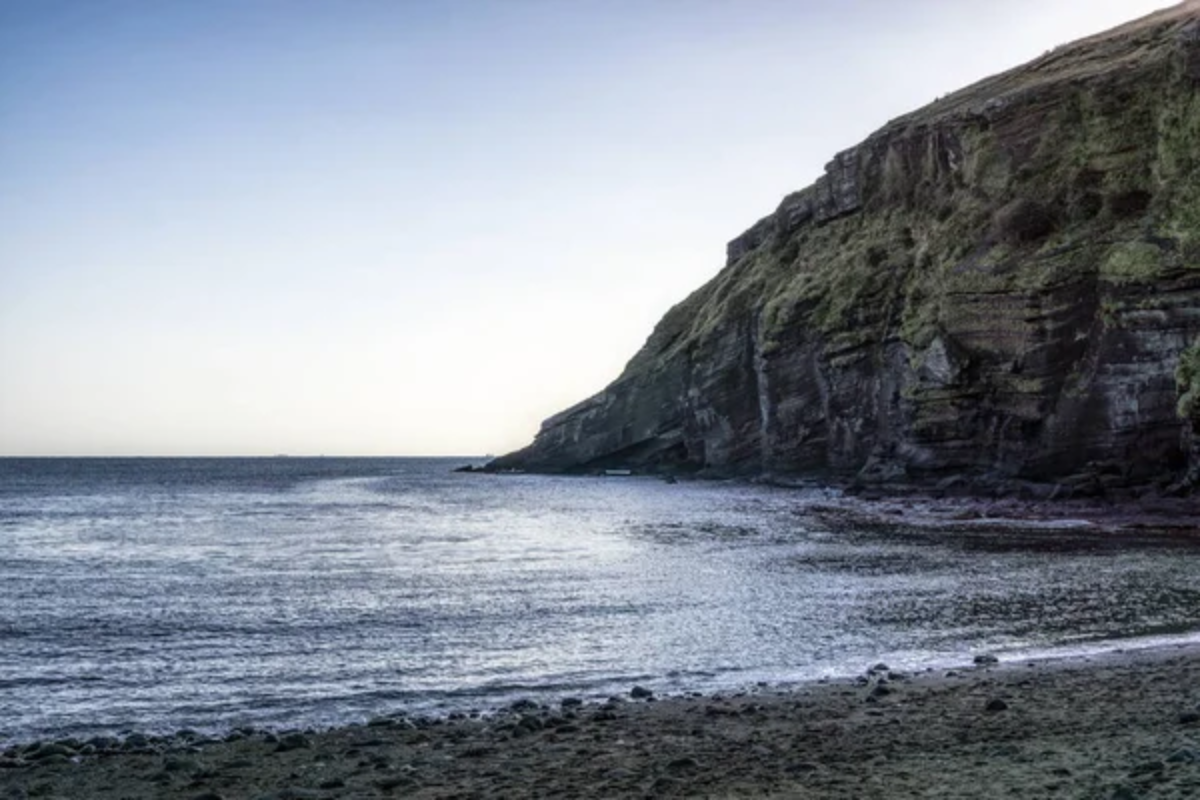
The striking contrast of ebony-colored sand against the blue Pacific creates an otherworldly landscape that’s impossible to capture poorly. The beach stretches for nearly 4 miles, offering countless composition opportunities as the dark volcanic sand catches the light differently throughout the day.
Morning fog often creates a mystical atmosphere that adds depth and mystery to photographs.
Mattole River Estuary
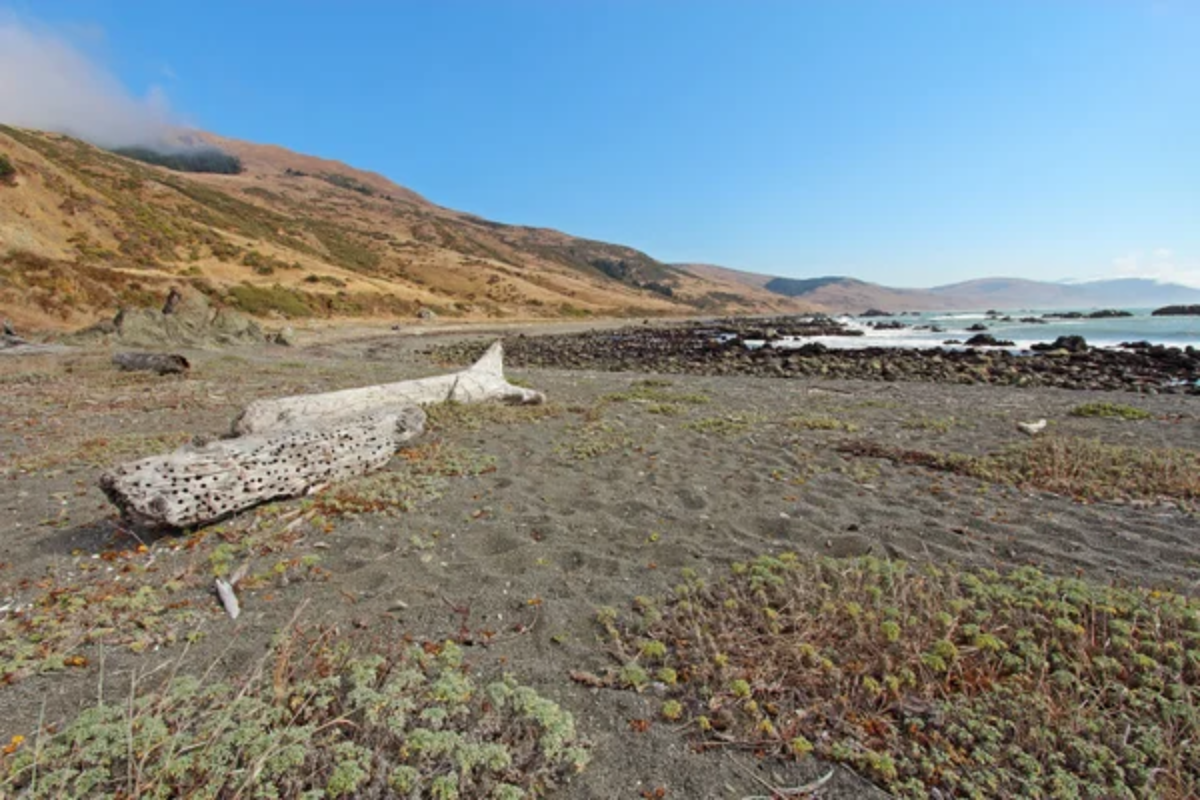
Where freshwater meets the sea, this estuary creates a dynamic ecosystem constantly changing with the tides and seasons. Wildlife photographers can spot river otters, shorebirds, and occasionally harbor seals navigating these waters.
The golden light of sunset reflecting off the estuary’s surface creates mirror-like conditions perfect for capturing dramatic sky colors.
Like Travel Pug’s content? Follow us on MSN.
King Range Mountains
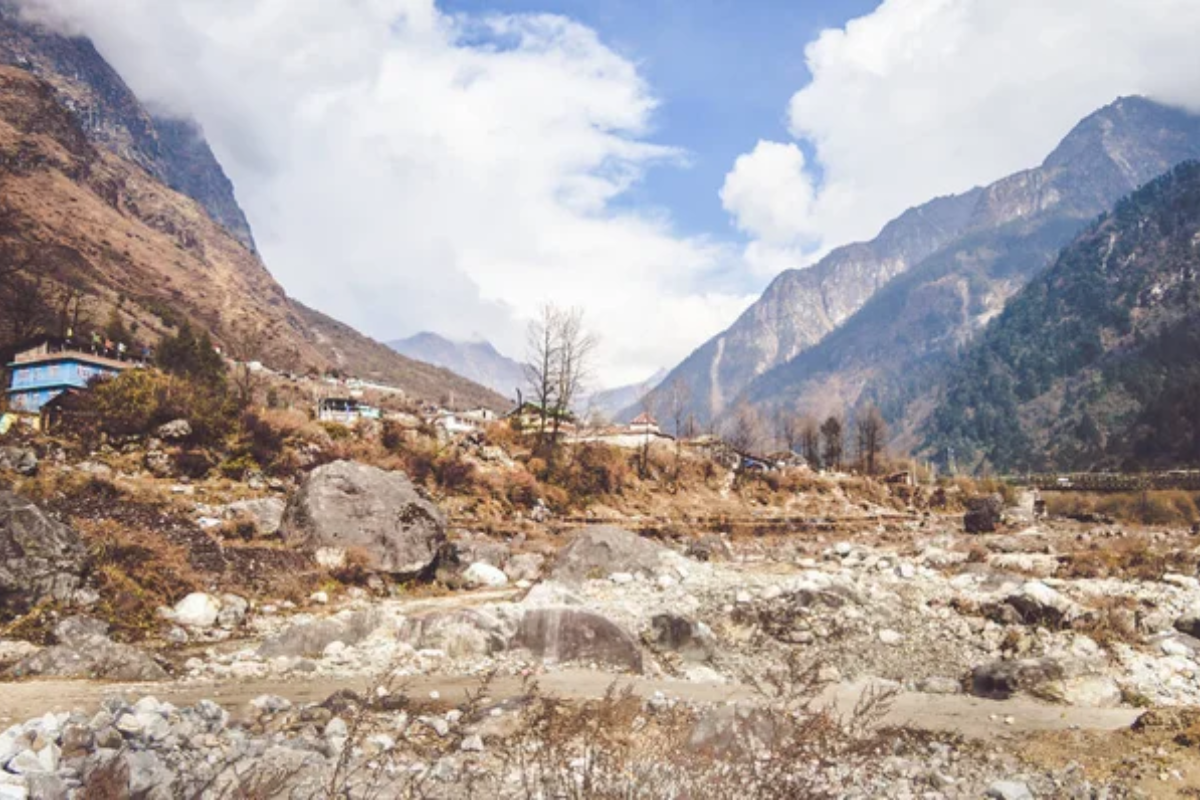
These impressive mountains rise directly from the sea to over 4,000 feet within three miles of the coastline. This dramatic meeting of land and sea creates profound depth in landscape compositions, especially when captured in early morning or evening light.
Hiking even a short distance upward rewards photographers with expansive panoramas that showcase the wildness of this remote region.
Shelter Cove Lighthouse
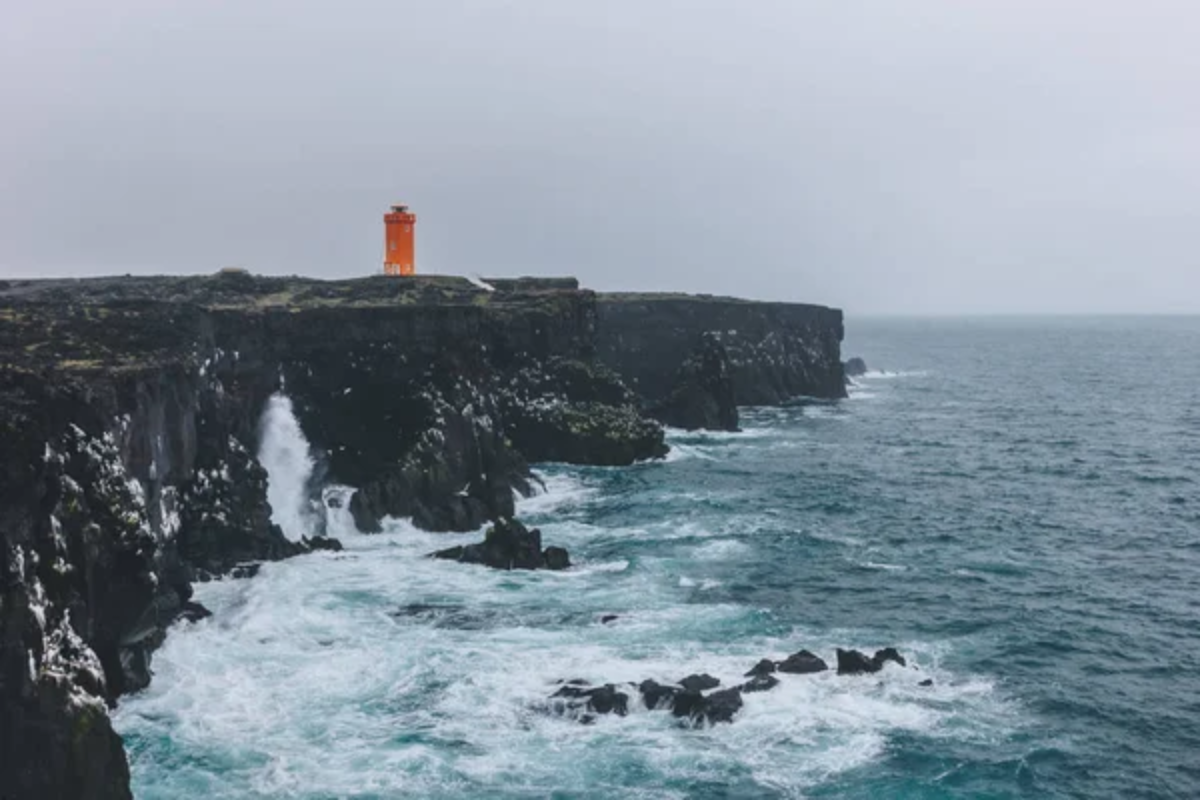
This charming lighthouse may not be tall, but it offers a picturesque foreground against the expansive ocean backdrop. Built in 1934, its classic white structure starkly contrasts with the surrounding natural environment. The lighthouse is especially photogenic during stormy weather when waves crash dramatically against the nearby rocks.
Needle Rock

This distinctive sea stack juts dramatically from the ocean, creating a natural focal point for compositions. Wave action around the base adds dynamic energy to images, particularly during high tide or stormy conditions.
The rock appears different from various vantage points along the coast, offering photographers multiple creative options.
Like Travel Pug’s content? Follow us on MSN.
Sea Lion Gulch
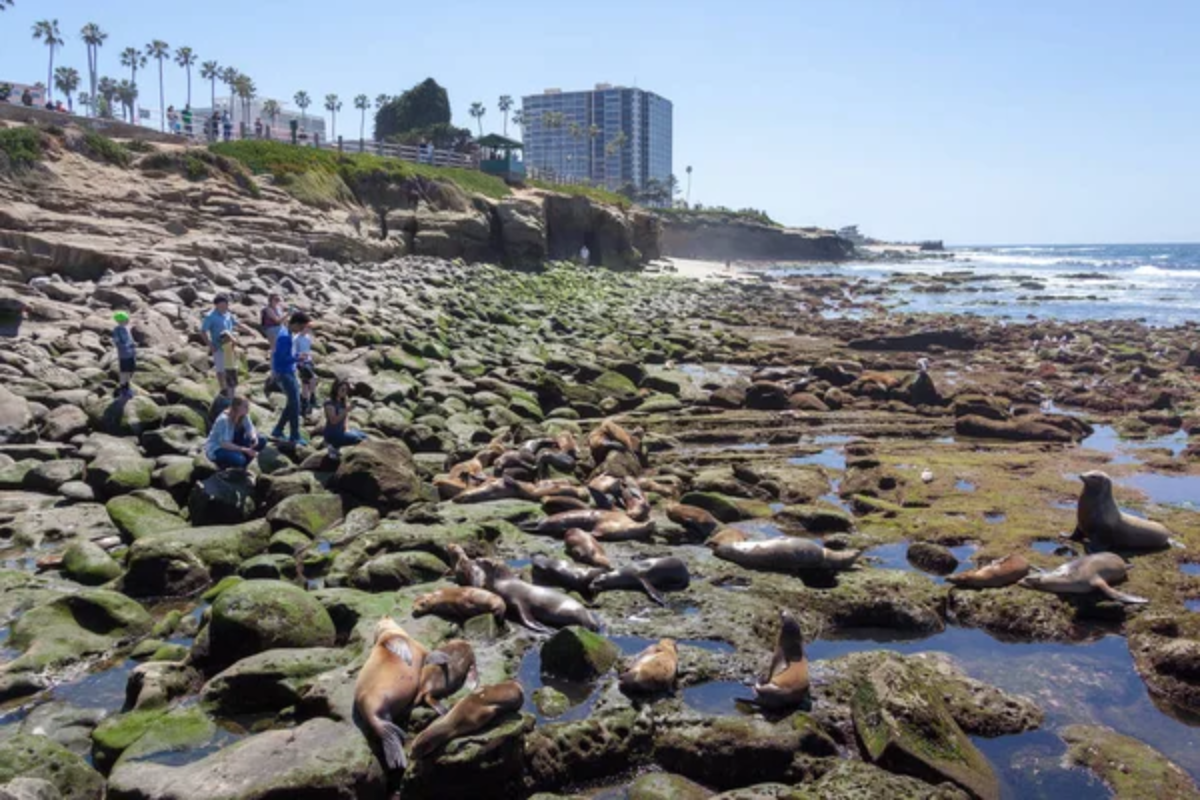
This protected cove serves as a gathering spot for California sea lions, offering wildlife photographers plenty of action to capture. The animals’ antics provide endless entertainment and photographic opportunities as they play, fight, and lounge on the rocks.
Early morning visits increase your chances of catching them in golden light without disturbing their natural behaviors.
Big Flat Creek Falls
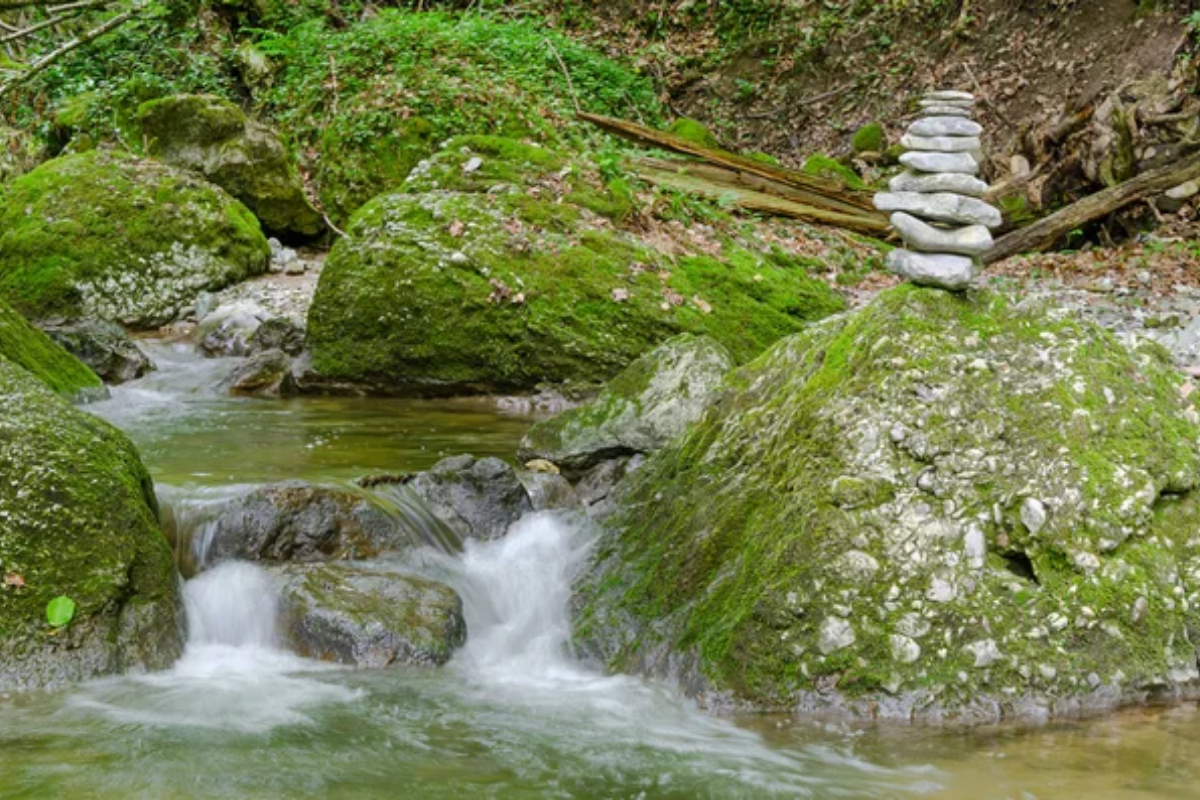
This hidden gem cascades directly onto the beach, creating a magical intersection of fresh and saltwater. The falls appear most dramatic after winter rains, when the volume of water increases significantly.
Photographers can capture striking long-exposure shots that contrast the waterfall’s flow with rugged rocks and pounding surf.
Punta Gorda Lighthouse
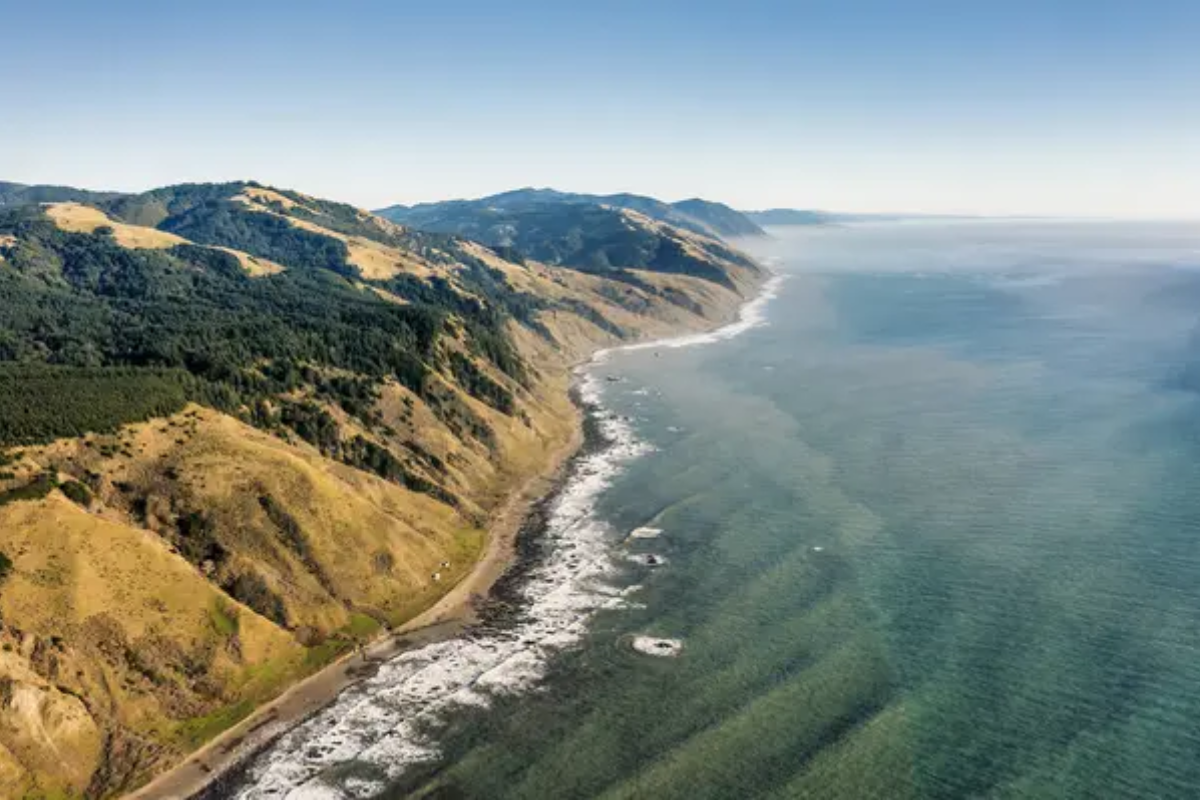
This historic lighthouse has been standing sentinel since 1912 and offers architectural interest and historical significance. The 3-mile hike required to reach it minimizes crowds and preserves the sense of discovery in your photographs.
The weathered structure tells a visual story of resilience against the elements, especially when photographed in moody weather conditions.
Like Travel Pug’s content? Follow us on MSN.
Cooskie Creek Beach
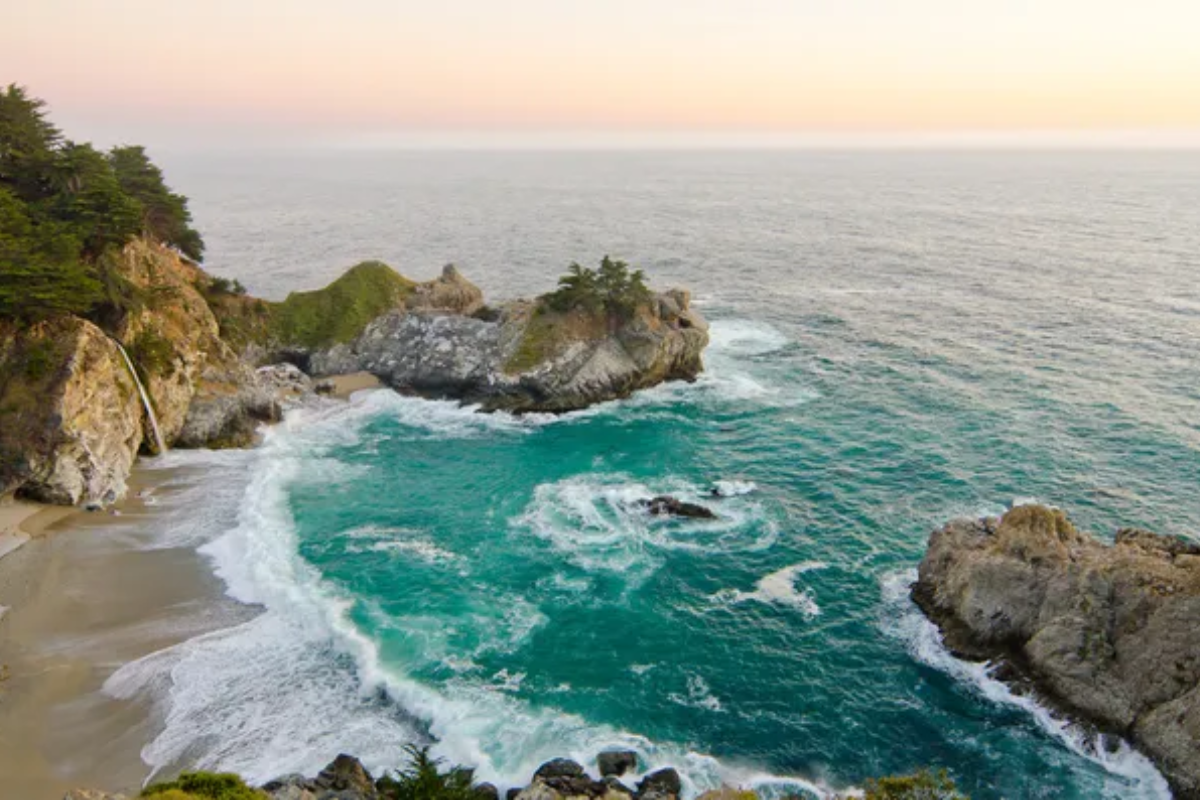
The unique rock formations along this stretch of beach create natural leading lines that pull viewers into your photographs. Tide pools form during low tide, offering macro photography opportunities of colorful sea stars, anemones, and other marine life.
The beach changes dramatically with the tides, offering different shooting conditions throughout the day.
Miller Flat
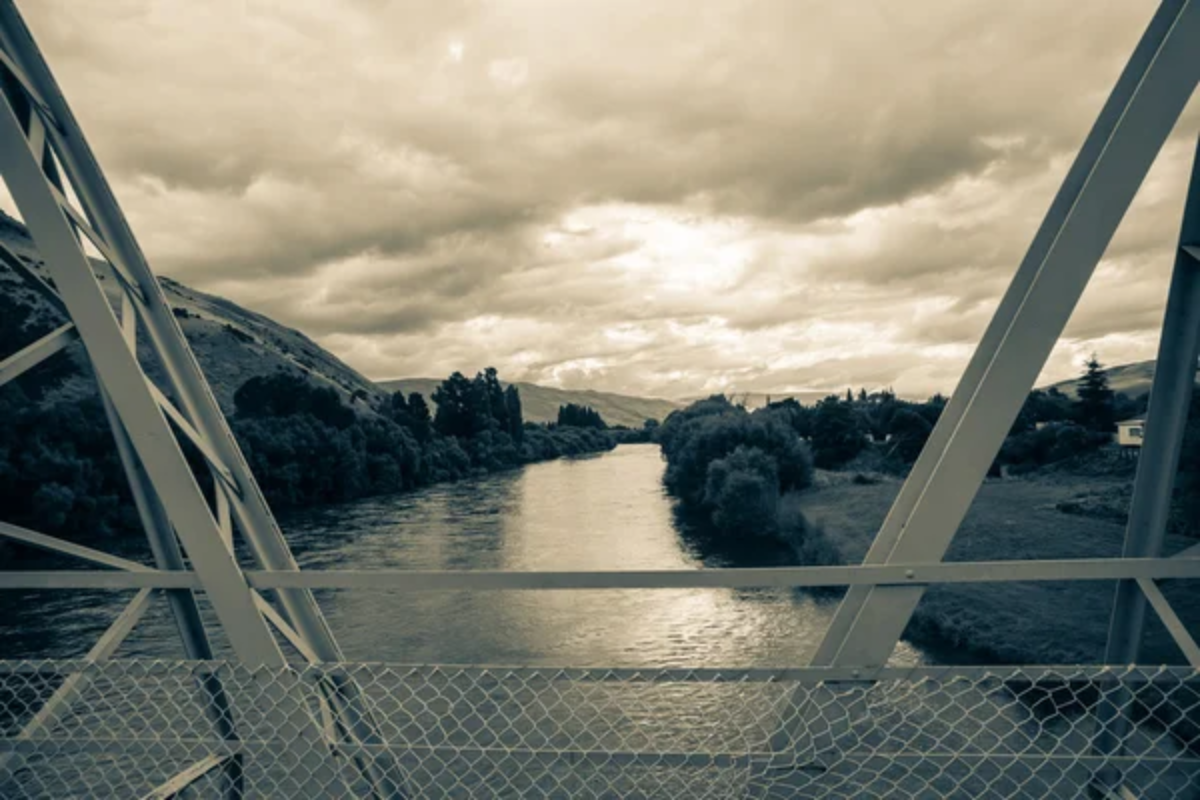
This wide-open beach area offers expansive views and plenty of driftwood that can serve as compelling foreground elements. The flat terrain allows photographers to experiment with different perspectives without strenuous hiking.
During spring, wildflowers add splashes of color to the coastal prairie above the beach.
Buck Creek
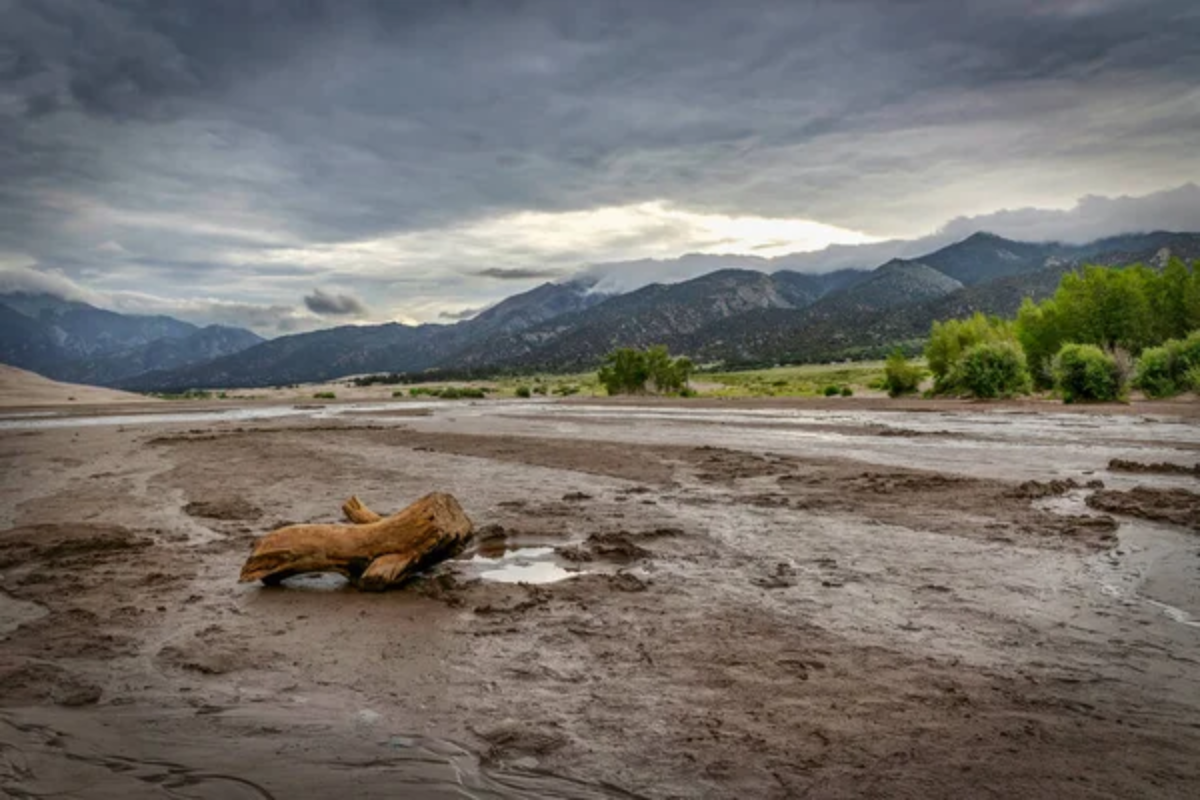
The creek carves beautiful patterns in the sand as it flows to the ocean, creating natural abstract designs for detail-oriented photographers. Morning light often reveals footprints from nocturnal wildlife that visited overnight, telling visual stories of the area’s biodiversity.
The creek mouth changes position throughout the year, offering different compositions each visit.
Like Travel Pug’s content? Follow us on MSN.
Spanish Flat
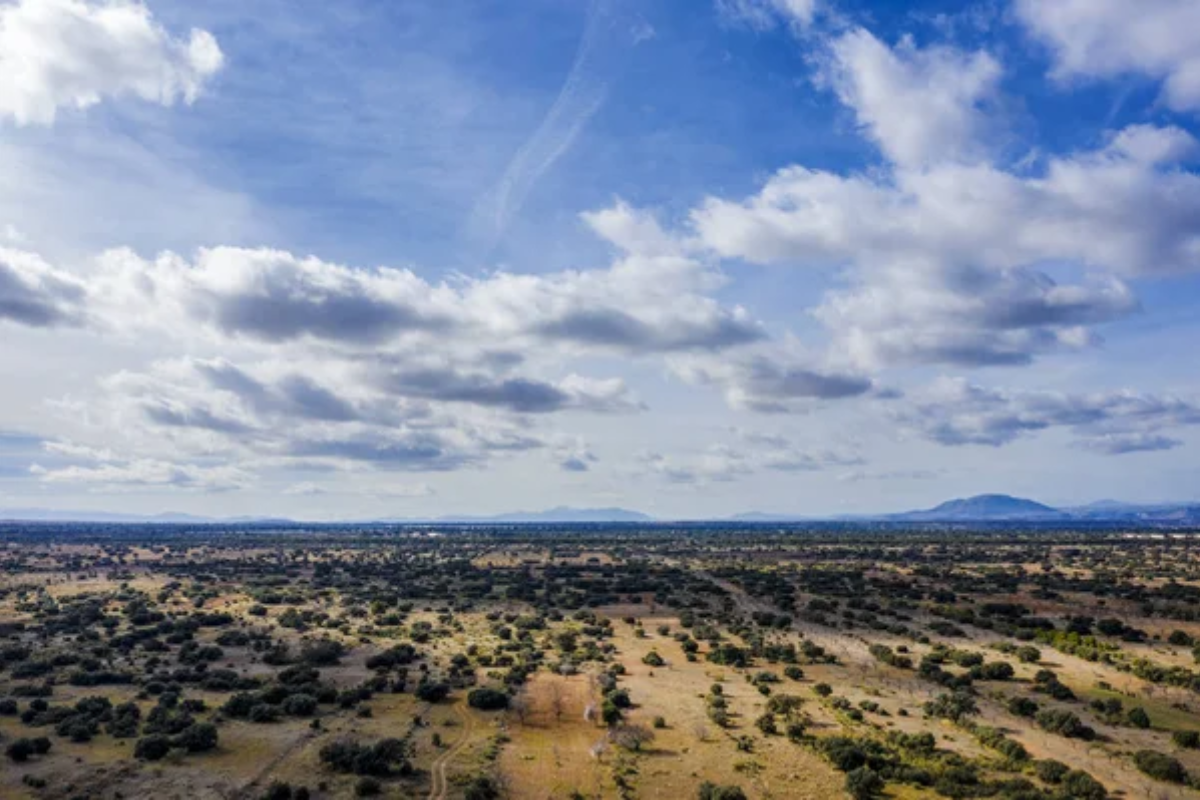
This relatively level stretch of coastline features fascinating geological formations shaped by centuries of wave action. Ancient Native American middens in the area add historical depth to landscape photographs for those who know what subtle signs to look for.
The flat terrain makes it accessible for tripod setups and longer exposure photography techniques.
Little Jackass Creek
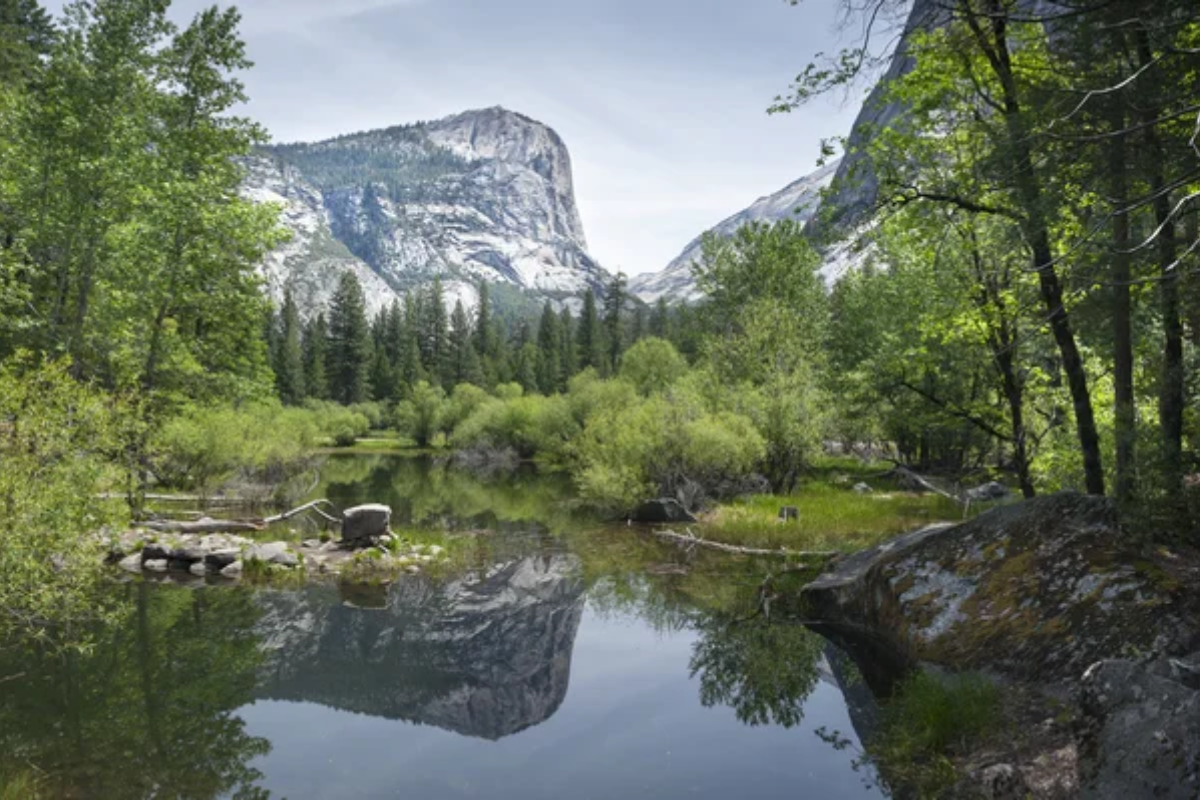
Despite its unusual name, this location offers spectacular opportunities for sunset photography as the creek reflects the colorful sky. The surrounding bluffs frame views naturally, helping photographers create well-composed landscape images.
The creek creates a dramatic waterfall during spring runoff as it tumbles onto the beach below.
Horse Mountain Creek Beach
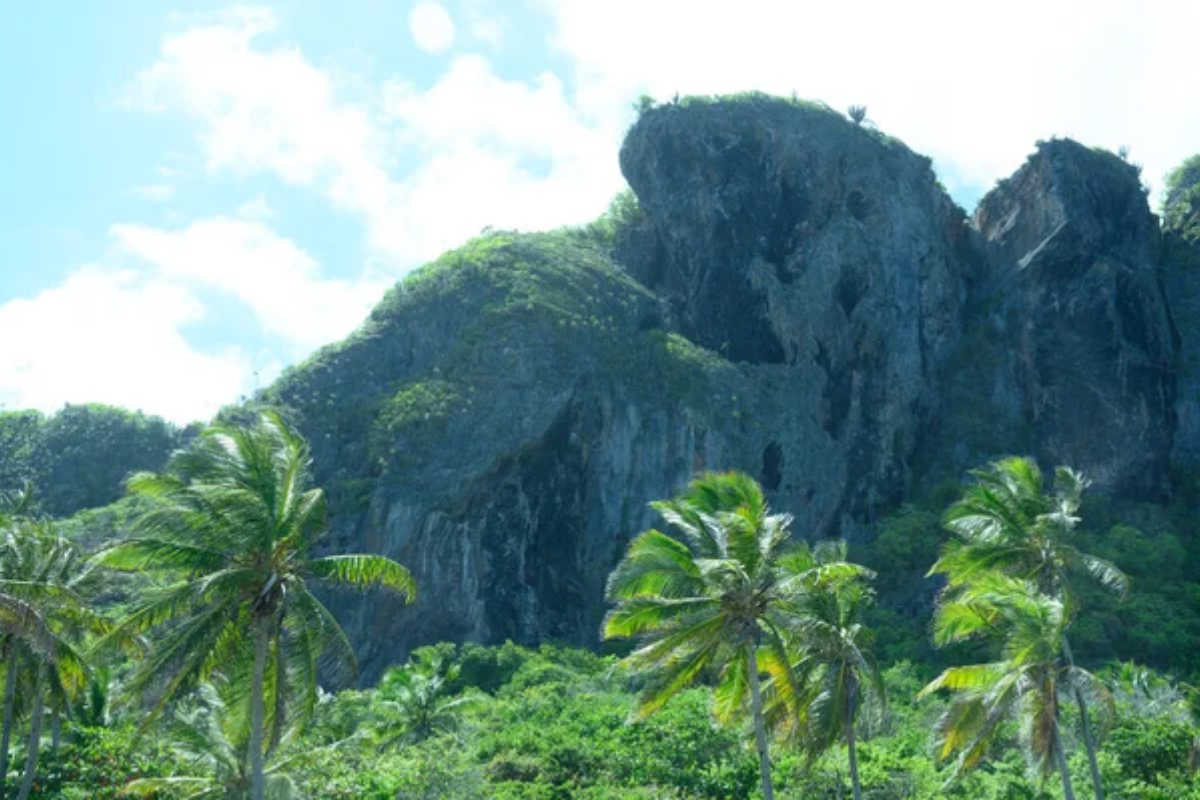
Massive driftwood logs scattered across this beach provide interesting foreground elements against the expansive ocean backdrop. The creek creates ever-changing patterns in the sand that add texture and interest to wide-angle shots.
Morning fog frequently shrouds the area in mystery, creating atmospheric conditions beloved by fine art photographers.
Like Travel Pug’s content? Follow us on MSN.
Shipman Creek
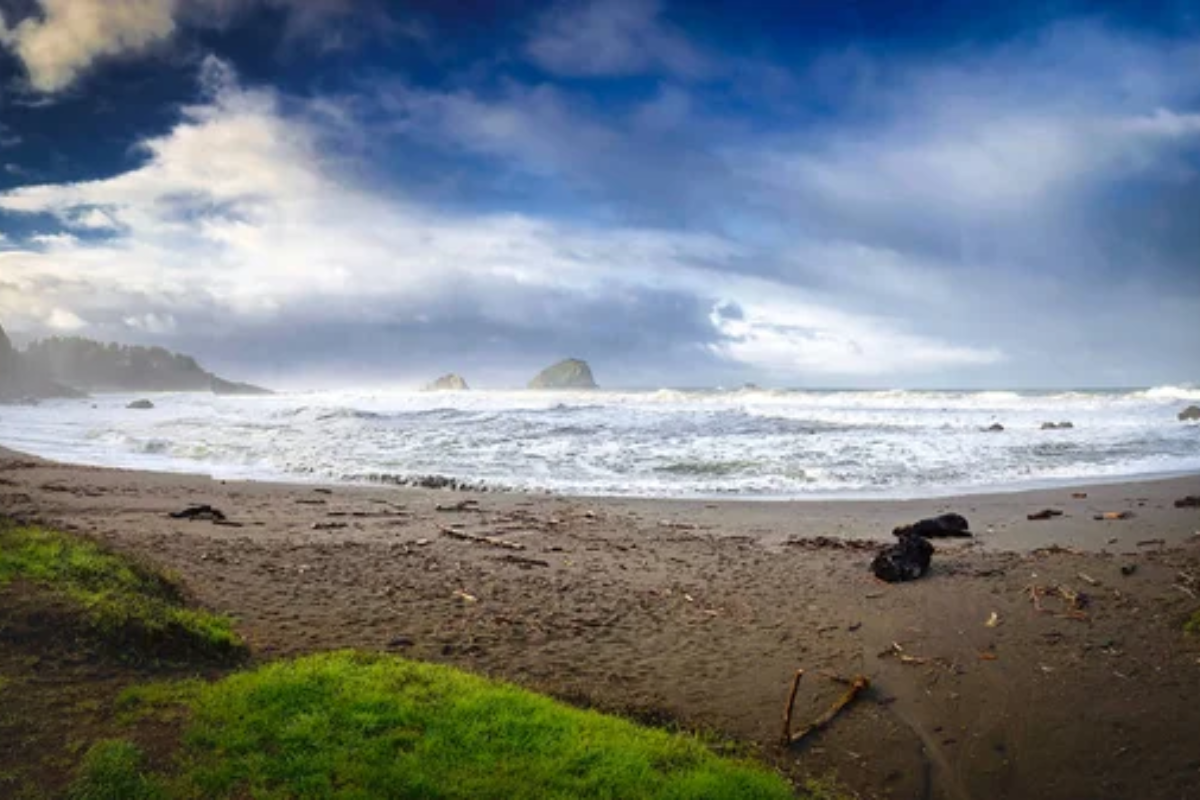
This remote creek features a beautiful series of cascades just before reaching the ocean. The surrounding fern-covered banks create a lush, primeval atmosphere, contrasting with the rugged coastline.
Salmon can sometimes be spotted migrating upstream during fall, adding wildlife interest to landscape compositions.
Randall Creek
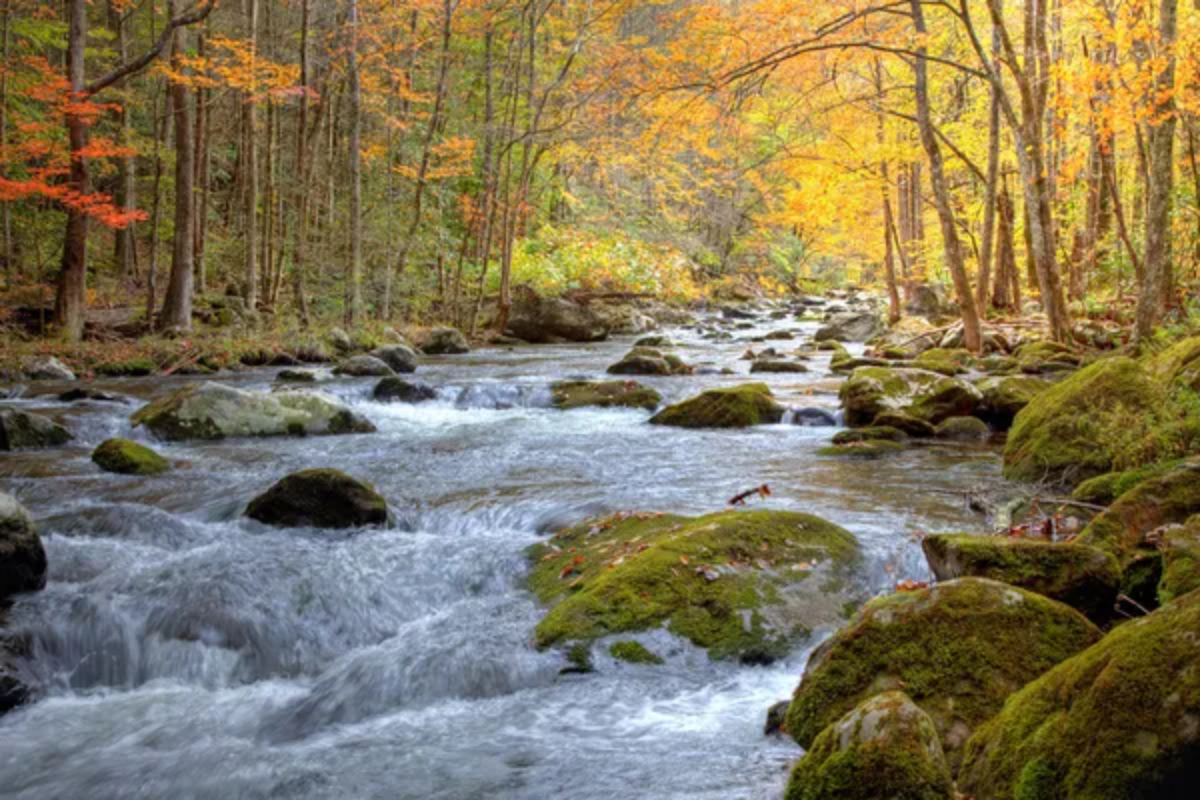
The dramatic meeting of the creek and the ocean creates dynamic wave patterns that photograph beautifully with slightly longer exposures. Sunset casts golden light across the water surface, creating glowing highlights that warm images.
The creek’s path changes frequently, offering new compositions with each visit to this photogenic location.
Gitchell Creek
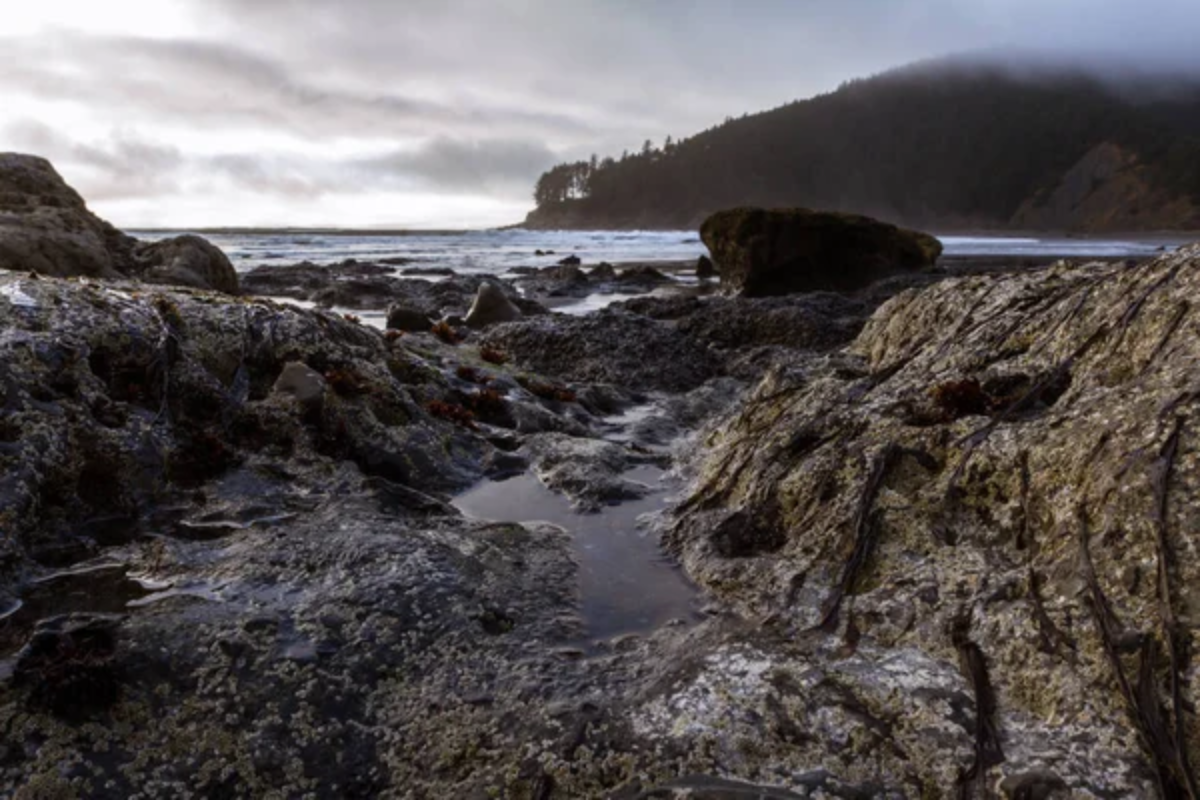
This creek carves a picturesque path through colorful pebbles before meeting the Pacific, creating compelling foreground interest. The surrounding bluffs offer elevated vantage points for dramatic overview shots of the coastline.
Wildflowers dot the nearby slopes during spring, adding seasonal color to landscape compositions.
Like Travel Pug’s content? Follow us on MSN.
Four Mile Creek

Don’t let the name fool you—it’s not exactly four miles from anything specific, but the views are unforgettable. The creek creates a reflective surface that doubles the impact of colorful sunset skies.
Interesting rock formations along this stretch of coast create natural frames and foreground elements.
Anderson Cliff
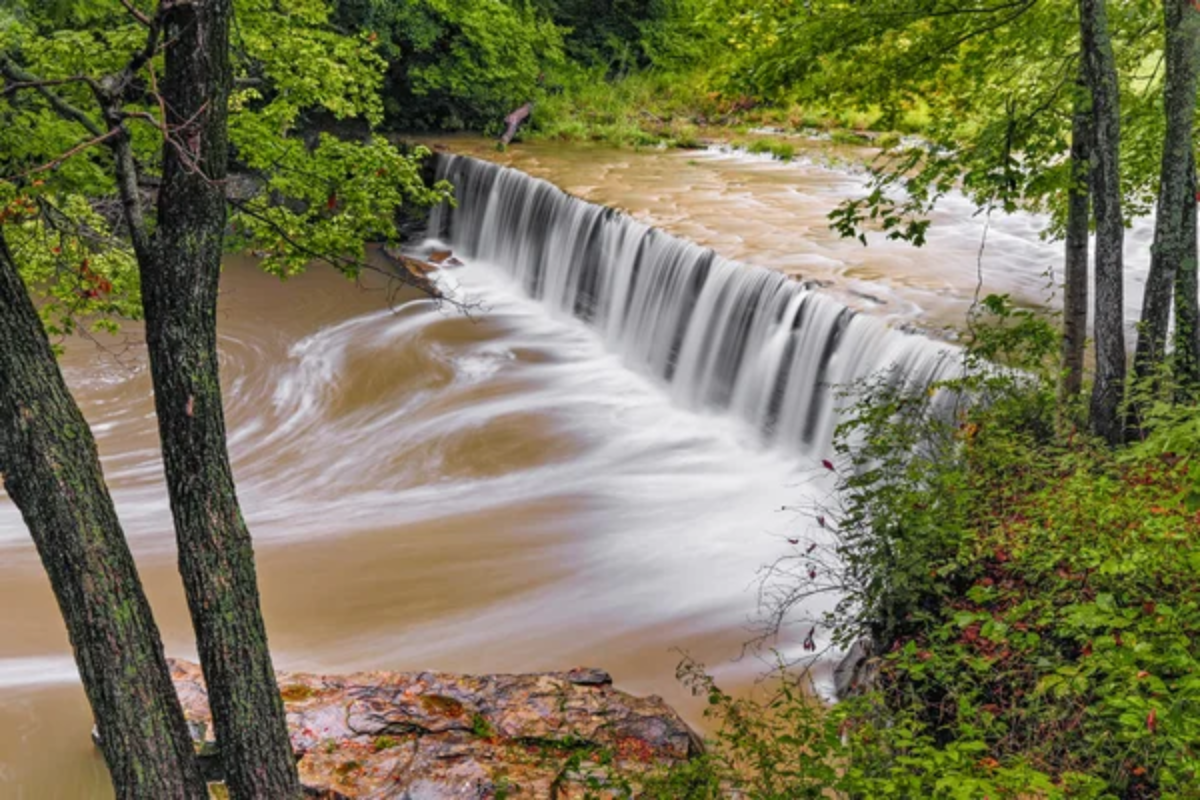
This towering formation provides scale and drama to coastal compositions, especially when waves crash against its base. The cliff face catches beautiful warm light during golden hour, revealing textures and geological features not visible midday.
Photographers with telephoto lenses can capture interesting abstract patterns in the eroded cliff face.
Sinkyone Wilderness State Park
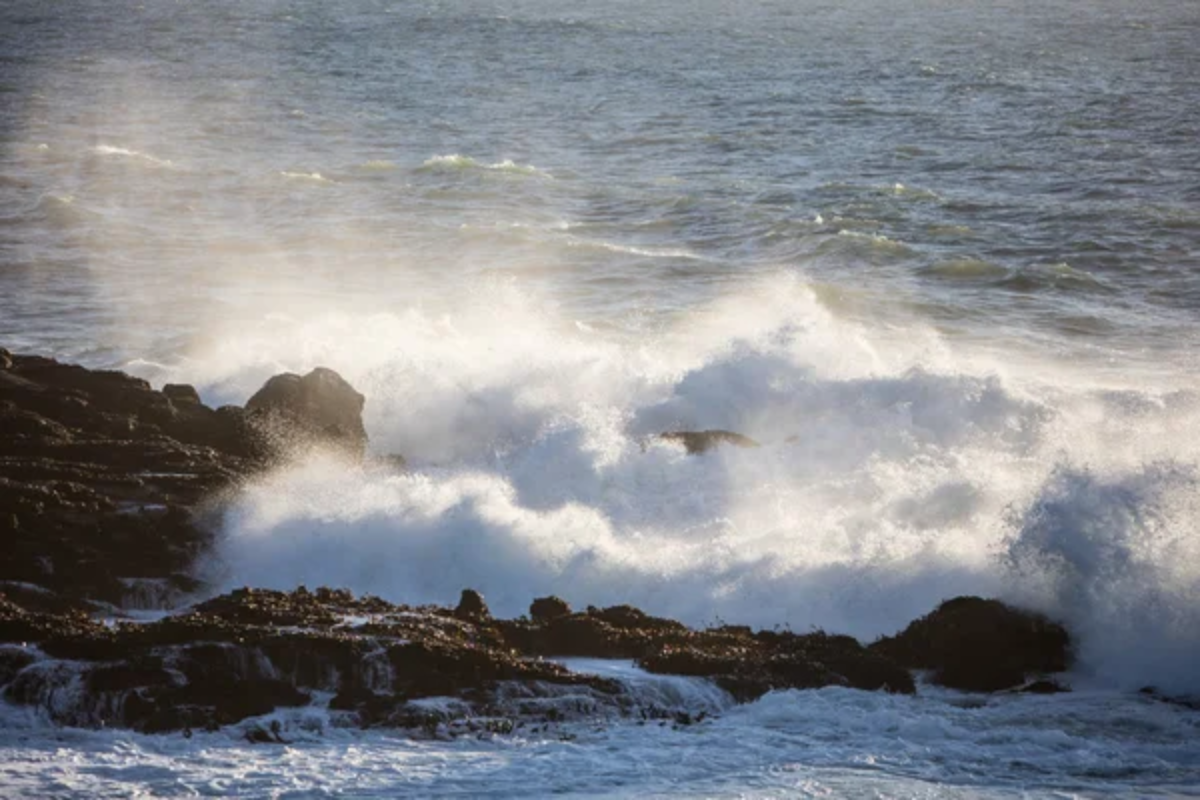
The northern gateway to the Lost Coast offers some of California’s most pristine old-growth forest, and meets the ocean scenery. Ancient redwoods come remarkably close to the shoreline, creating unique opportunities to capture these giants with ocean backgrounds.
The contrast between the vertical redwood trunks and the horizontal ocean horizon creates visually striking compositions.
Like Travel Pug’s content? Follow us on MSN.
Enduring Visions
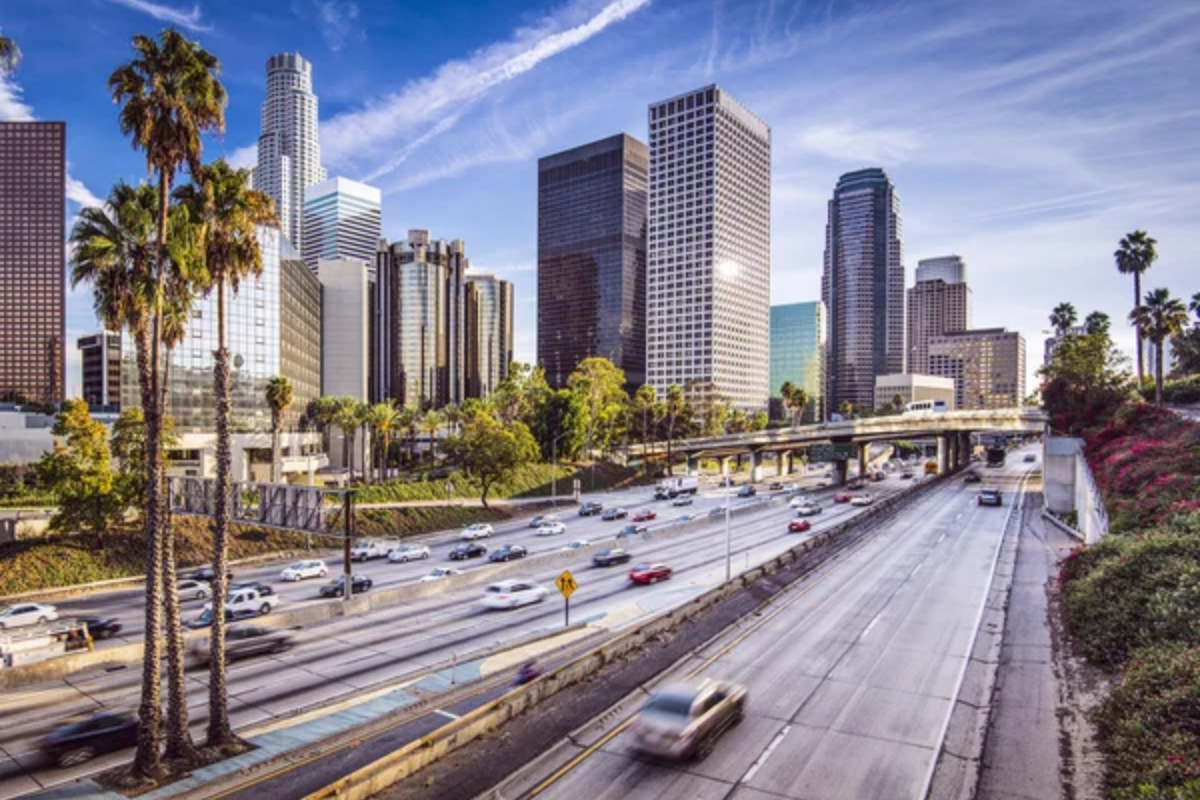
The Lost Coast represents one of California’s last truly wild places, a photographer’s paradise largely unchanged since the first indigenous peoples captured its beauty in their cultural memories. Today’s photographers continue this tradition of visual storytelling, documenting a landscape that reminds us what coastal California looked like before development.
Whether you’re shooting with professional gear or your smartphone, these 20 stops along the Lost Coast will provide images that capture this extraordinary coastline’s grandeur and intimate details—photographs that are worth far more in memory than in megapixels
More from Travel Pug

- Cities Growing so Fast You Won’t Recognize Them in 10 Years
- 13 Destinations Where Tourists Regularly Regret Their Trip
- 16 U.S. Cities That Are Quietly Becoming Travel Hotspots
- Where to Travel If You Love Long Bus Rides and Daydreams
- 20 Cities Perfect for Solo Travelers Who Crave Adventure & Culture
Like Travel Pug’s content? Follow us on MSN.
